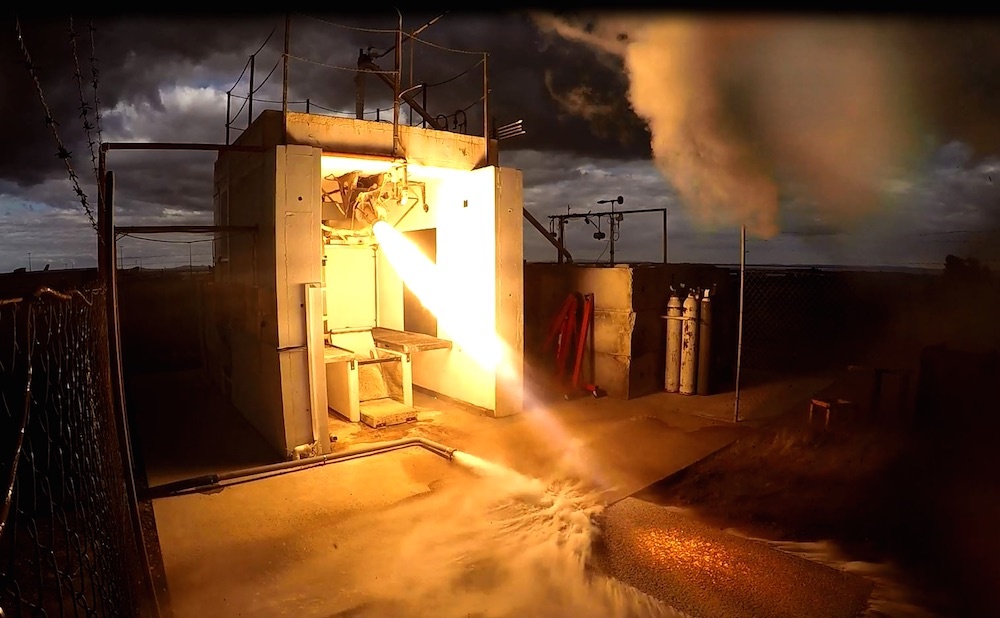...
Electric Rutherford Engine
According to their press release:
“Unlike traditional propulsion cycles based on complex and expensive gas generators, the 4,600 lbf Rutherford adopts an entirely new electric propulsion cycle, making use of high-performance brushless DC electric motors and lithium polymer batteries to drive its turbopumps.”
| HTML |
|---|
<div |
| HTML |
<br/><div align="center"><iframe width="800" height="450" src="https://www.youtube.com/embed/pW1SGC2m4VQ?rel=0&showinfo=0" frameborder="0" allowfullscreen></iframe></div> |
...
According to their press release:
...
...
...
...
Firstly, this must be far simpler to manage than all the additional plumbing, control systems, and moving parts that come with traditional systems. Switching to an electric motor that turns on with the flick of a switch seems like a no-brainer. And with nine engines in its tail, this will substantially simplify the intricate web of cables and hoses.
| Rocket Lab's new Rutherford engine, powered by two electric turbopumps (one visible, in red). Pneumatic actuators (blue) allow the engine to be steered. | Compared with SpaceX's Merlin 1c engine - Rocket lab doesn't need the turbine exhaust and should require far less plumbing. (Note: the two engines are vastly different sizes in real life)
|
Electric Electric pumps should also provide a great deal of control over how the propellant is injected into the engine. Electron utilises liquid oxygen and rocket-grade kerosene as propellants, and like most engines - the mixture needs to be delicately controlled to match various power levels. We would imagine that it is possible to shut down and then restart the engine mid-flight. Electric pumps may also provide improved dynamic control over fuel flow rates, allowing for fine-grained tuning of the mixture and even greater efficiency and throttle-range.
| Rocket Lab's new Rutherford engine, powered by two electric turbopumps (one visible, in red). Pneumatic actuators (blue) allow the engine to be steered. | Compared with SpaceX's Merlin 1c engine - Rocket lab doesn't need the turbine exhaust and should require far less plumbing. (Note: the two engines are vastly different sizes in real life)
|
A big question is whether the electric turbopump will save weight. Batteries are heavy, but the turbopump itself would likely be lighter than its gas-fed equivalent, and all of the rocket’s propellant would be used to get the vehicle to orbit (not spin pumps). We need some more specifications from Rocket Lab to answer this question, but we’d gamble that it's more efficient, or the simplicity trade-off was worth it.
Moving away from gas-turbines was also likely driven by size constraints. SpaceX’s Falcon 9 rocket is 3.66m in diameter, whereas Electron is only 1m. This makes the engine no larger than the average kitchen rubbish bin.
What’s in a name?
The announcement also puts greater heritage in Rocket Lab’s choice of nomenclature for their rocket systems. Founder Peter Beck has previously announced that the engines were named after New Zealand scientist Ernest Rutherford. The choice to name the vehicle “Electron” was perhaps dismissively thought to relate to the scientist’s nuclear physics work, but may be more to do with the battery-powered rockets within.
...
| Electron Fast Facts |
|---|
|


